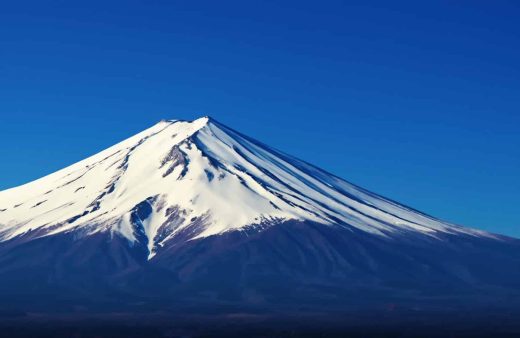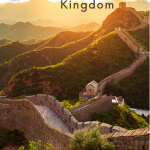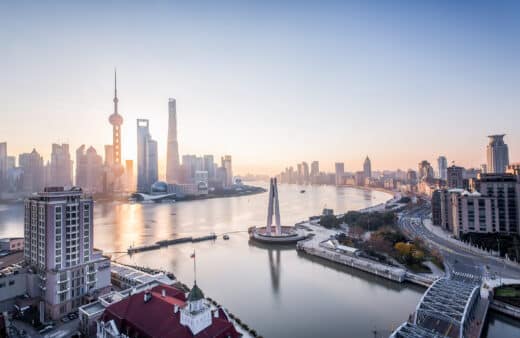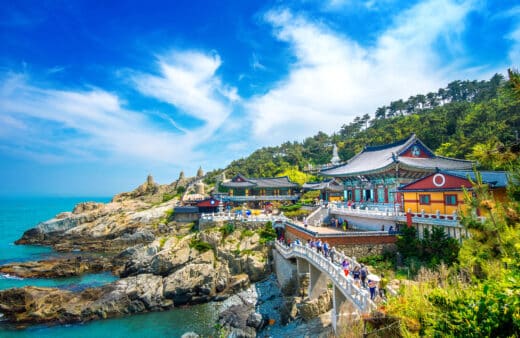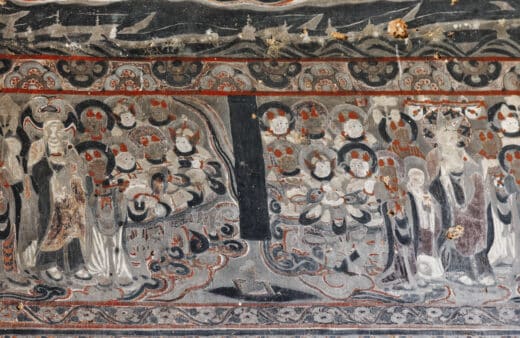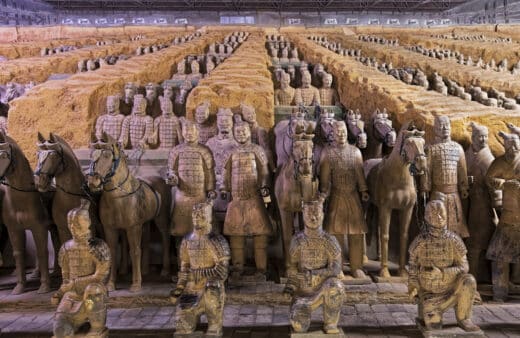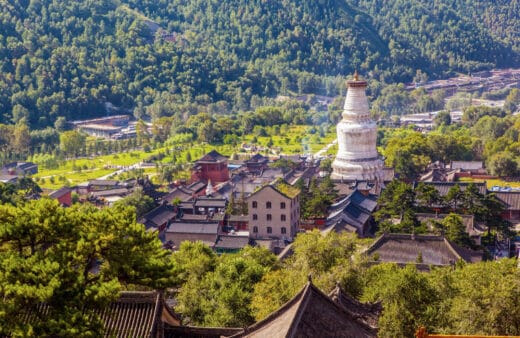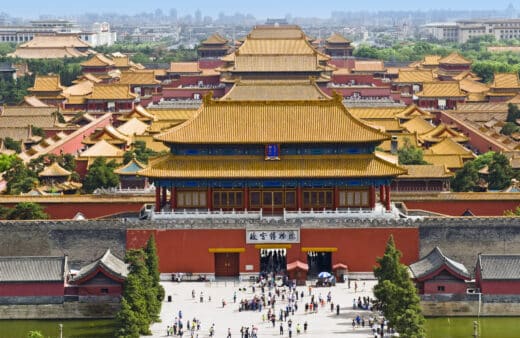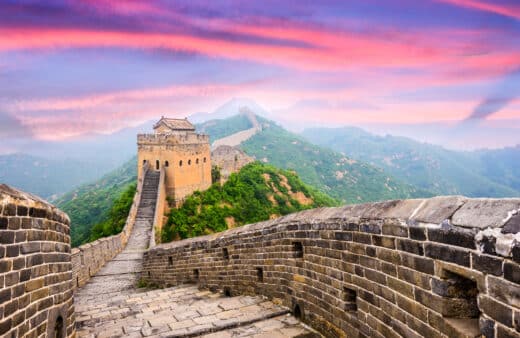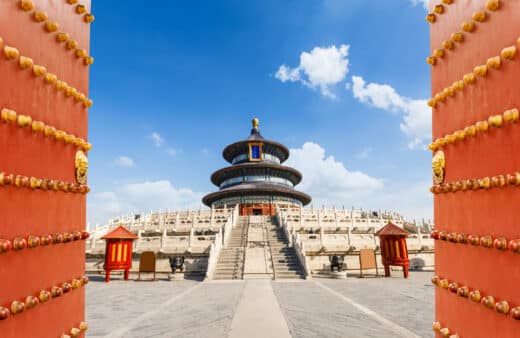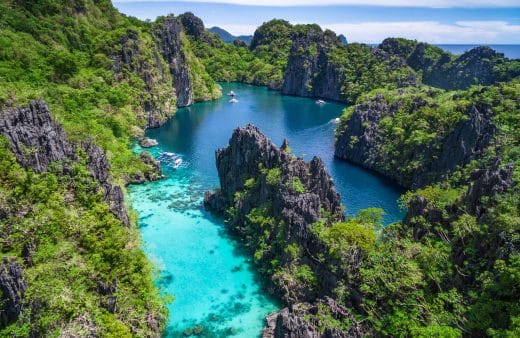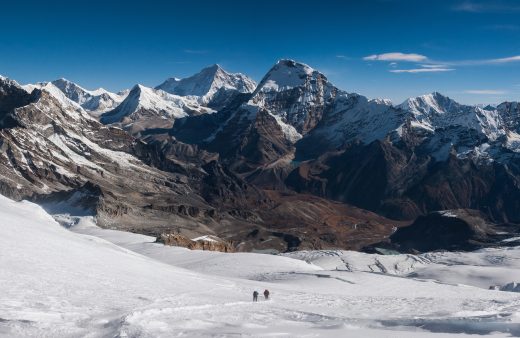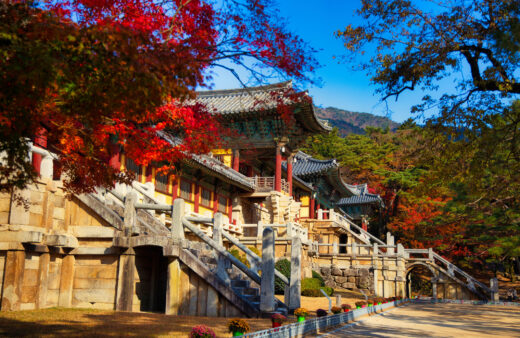- Trip description
- Travel itinerary
- Price includes
- Gallery
China is the third-largest country in terms of land area and the most populous country in the world, inhabited by 56 ethnic groups. It is also home to many scholars and scientists, as it is here that the compass, gunpowder, paper, and printing were invented. And, of course, it’s a country of contrasts and cultural richness. Join the Rek Travel Adventure team on an incredible journey today!
Travel itinerary
Flight to Bejing
Our adventure will begin with passport and baggage check-in and a flight to Beijing. The city, with a population of over twenty million, is known for its modern architecture, tall skyscrapers, and numerous historical landmarks.
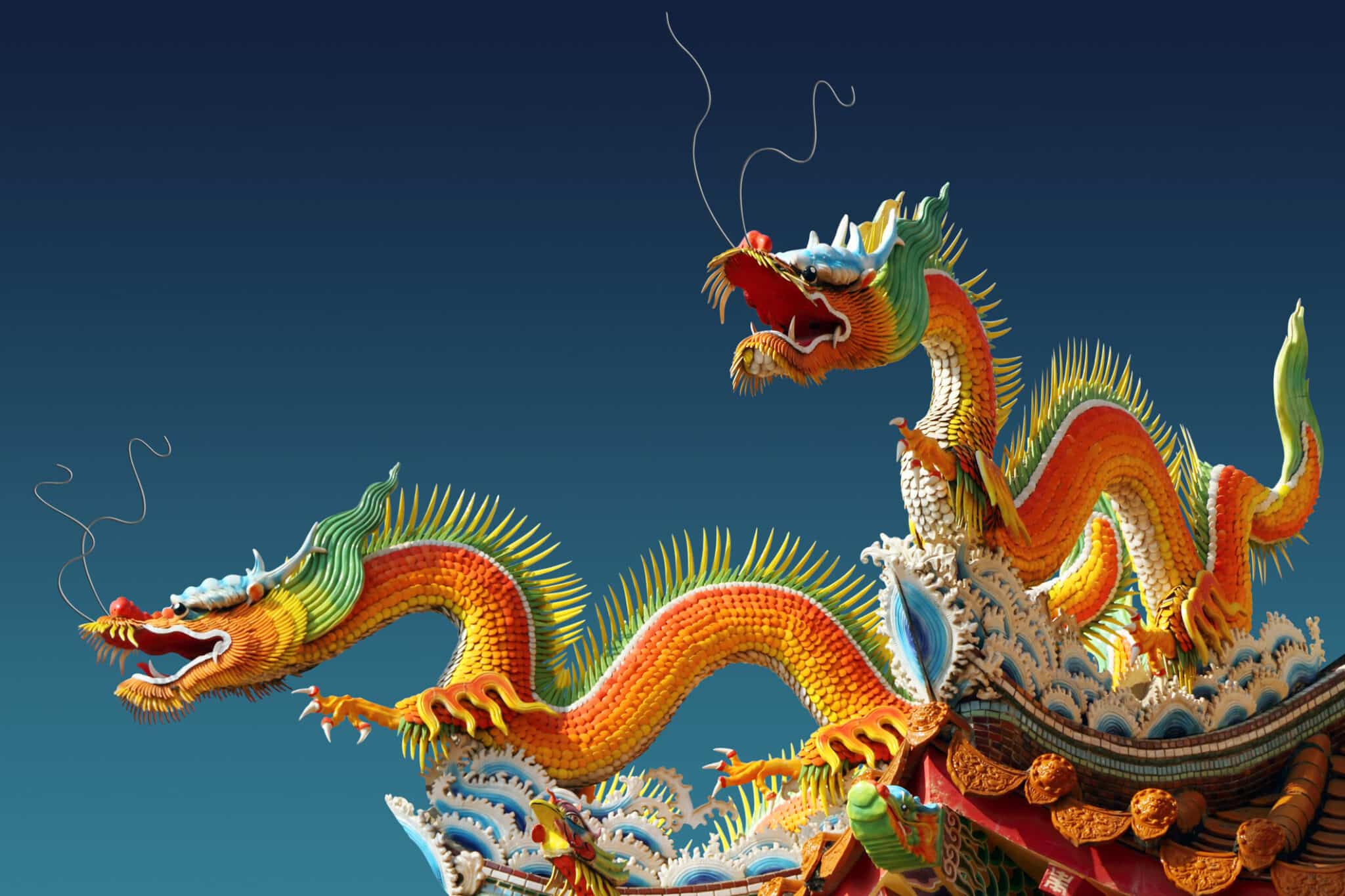
Bejing
After breakfast, we will visit the Temple of Heaven, a complex of Taoist sacred buildings. In the evening, we will stroll around the three beautifully situated lakes in the city center, known as the “Lakes of the Temples.”
This area is surrounded by ten Buddhist and Taoist temples, as well as various imperial estates and gardens. We will stop at one of restaurant serving local cuisine for dinner before returning to the hotel for the night.
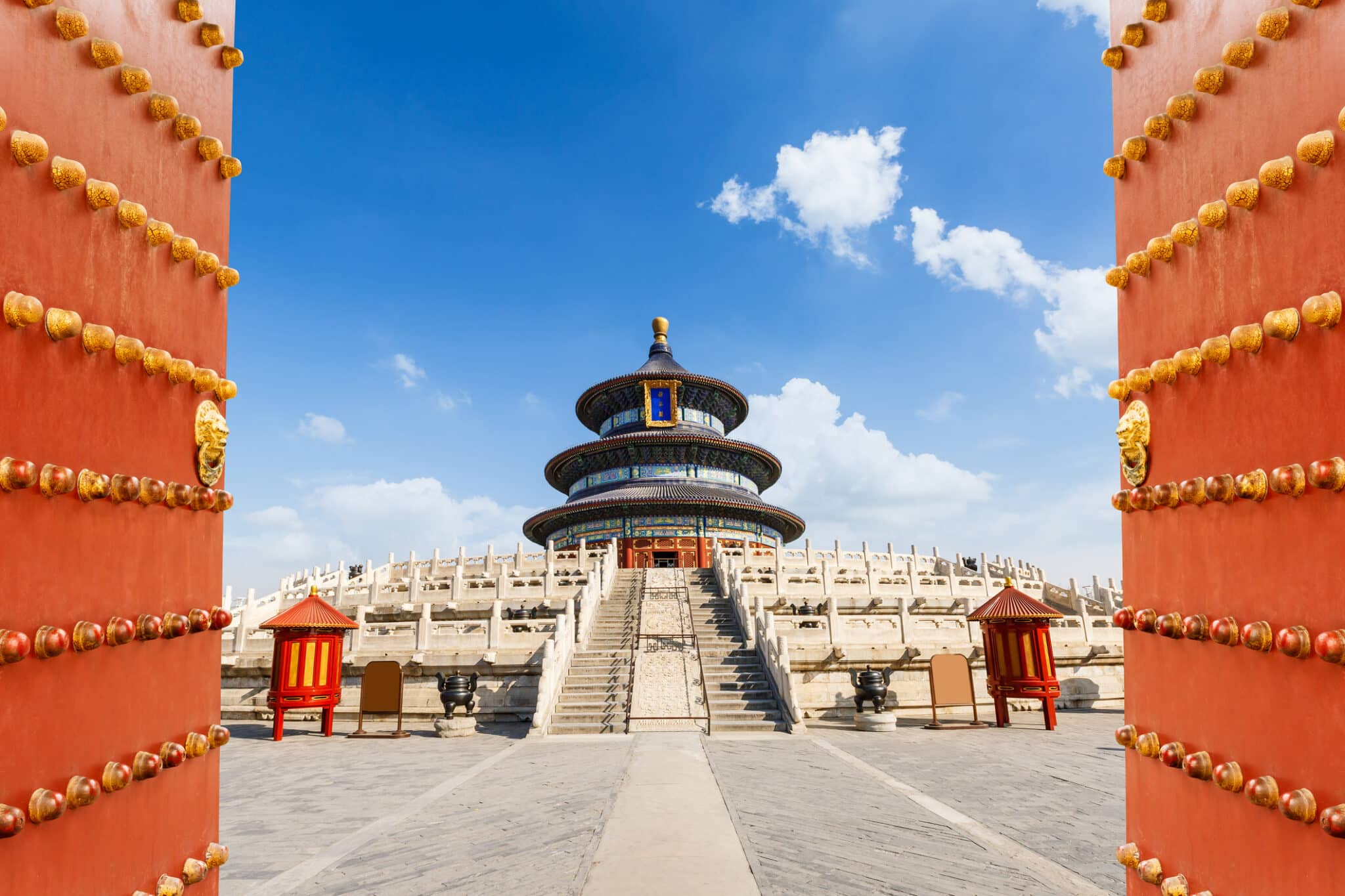
The Great Wall of China
After breakfast, we will visit the Great Wall of China. We will have the opportunity to walk along less crowded sections of the wall. Then, we will explore the famous Ming Dynasty Tombs.
After a short stroll in the area, we’ll return to the city center. In the evening, we’ll head to Quanjude Restaurant to try the delicious Peking duck, one of the local specialties.
Overnight stay at the hotel.
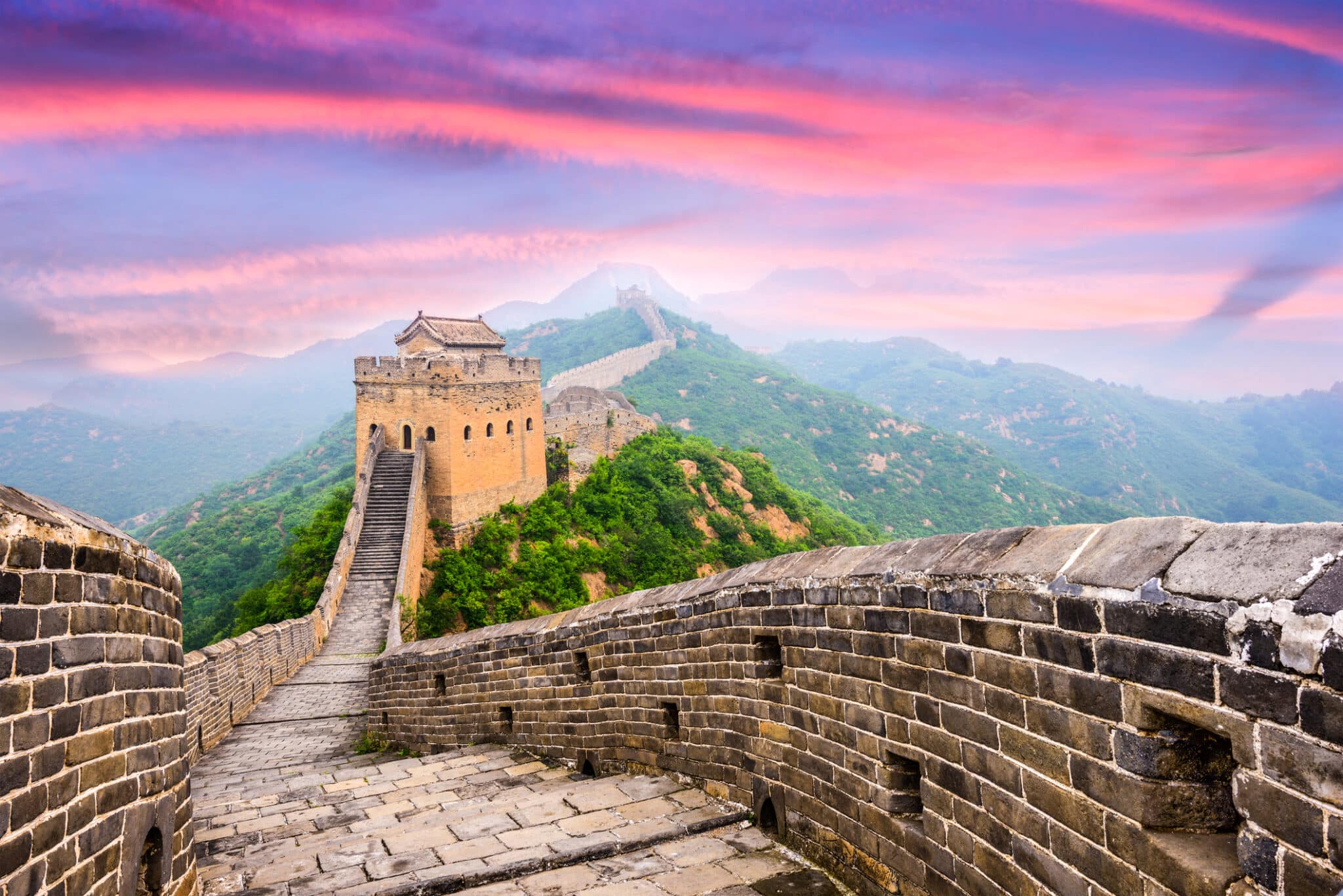
Forbidden City in Beijing
In the morning, we will visit the Forbidden City in Beijing. It is an extraordinary architectural masterpiece initiated by Emperor Yongle.
Later, we will stroll through Tiananmen Square, also known as the Square of Heavenly Peace. It is the largest public square in the world. We will also board a high-speed train to reach the town of Datong.
Accommodation at the hotel and overnight stay.
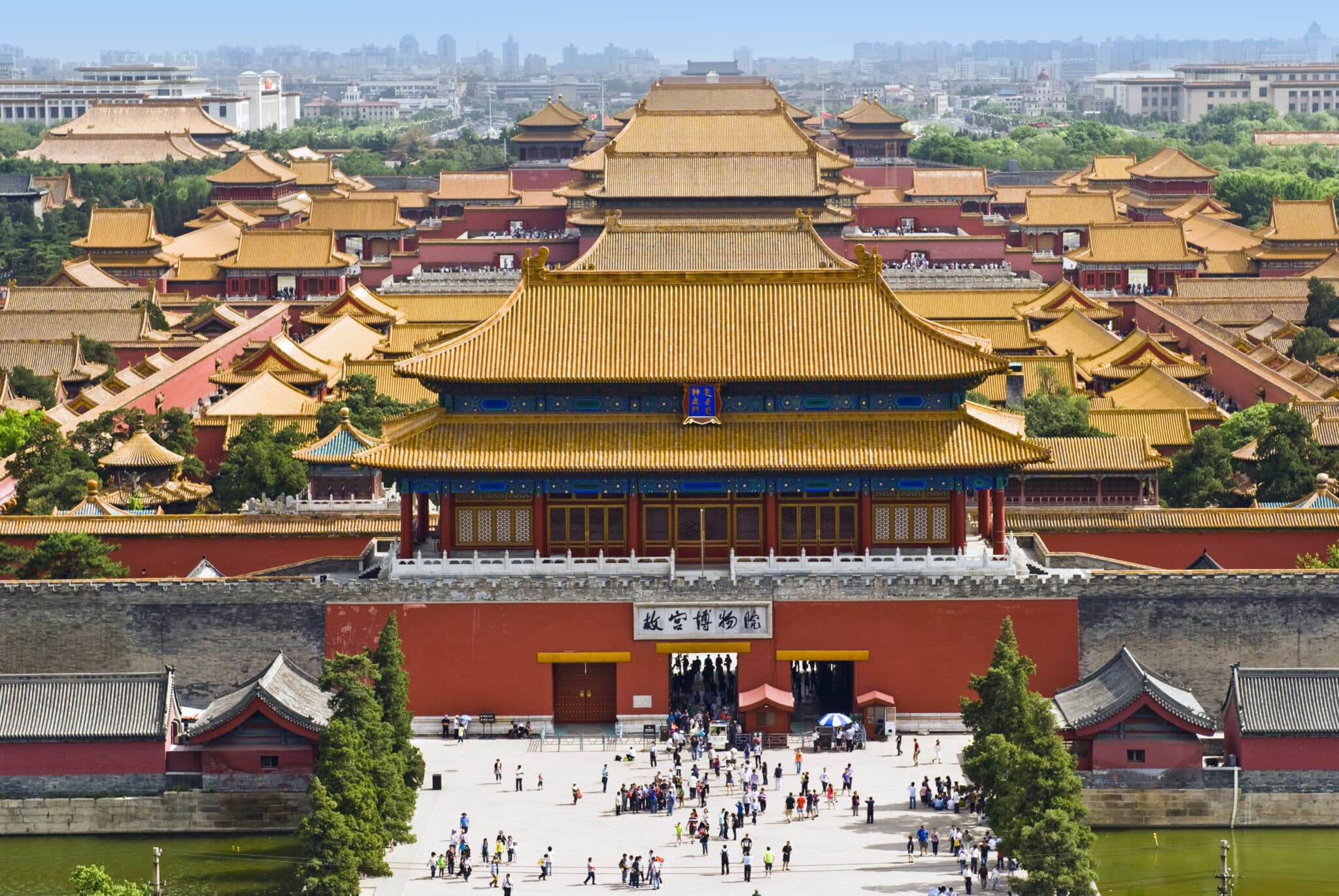
The Yungang Grottoes, The Xiantong Temple
After breakfast, we will embark on a tour of the extraordinary Yungang Caves, located near the city of Datong. Most of the 252 caves were created during the V-VI century under the rule of the Wei Dynasty.
After lunch, we will visit the architectural gem – the Xiantong Wooden Pagoda. It is the oldest and tallest wooden structure in China, dating back to the 11th century. With nine stories, it was constructed without the use of nails or rivets.
Dinner and overnight stay at the hotel.
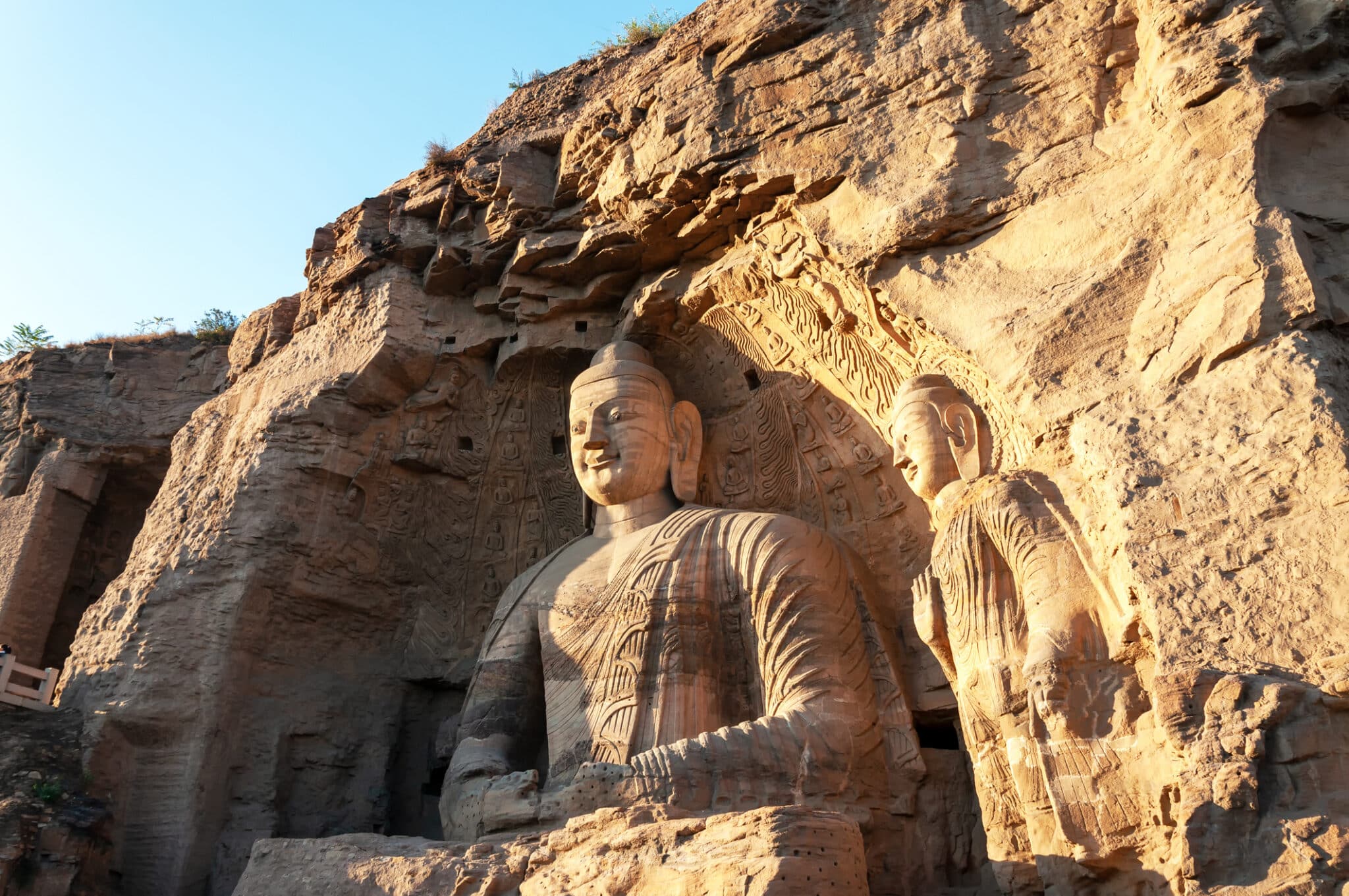
Wutai Shan
In the morning, we will head to Wutai Shan, a mountain with an elevation of 3058 meters above sea level, recognized in Chinese tradition as one of the Four Sacred Mountains of Buddhism.
We will also visit the Tayuan Temple, which serves as a symbol of this place. Next, we’ll explore the Xiantong Temple, comprised of 400 buildings, making it the largest of its kind in the country.
Our tour will also include visits to the Pushading and Shuxiang Temples. Dinner will be served at a local restaurant, followed by an overnight stay at the hotel.
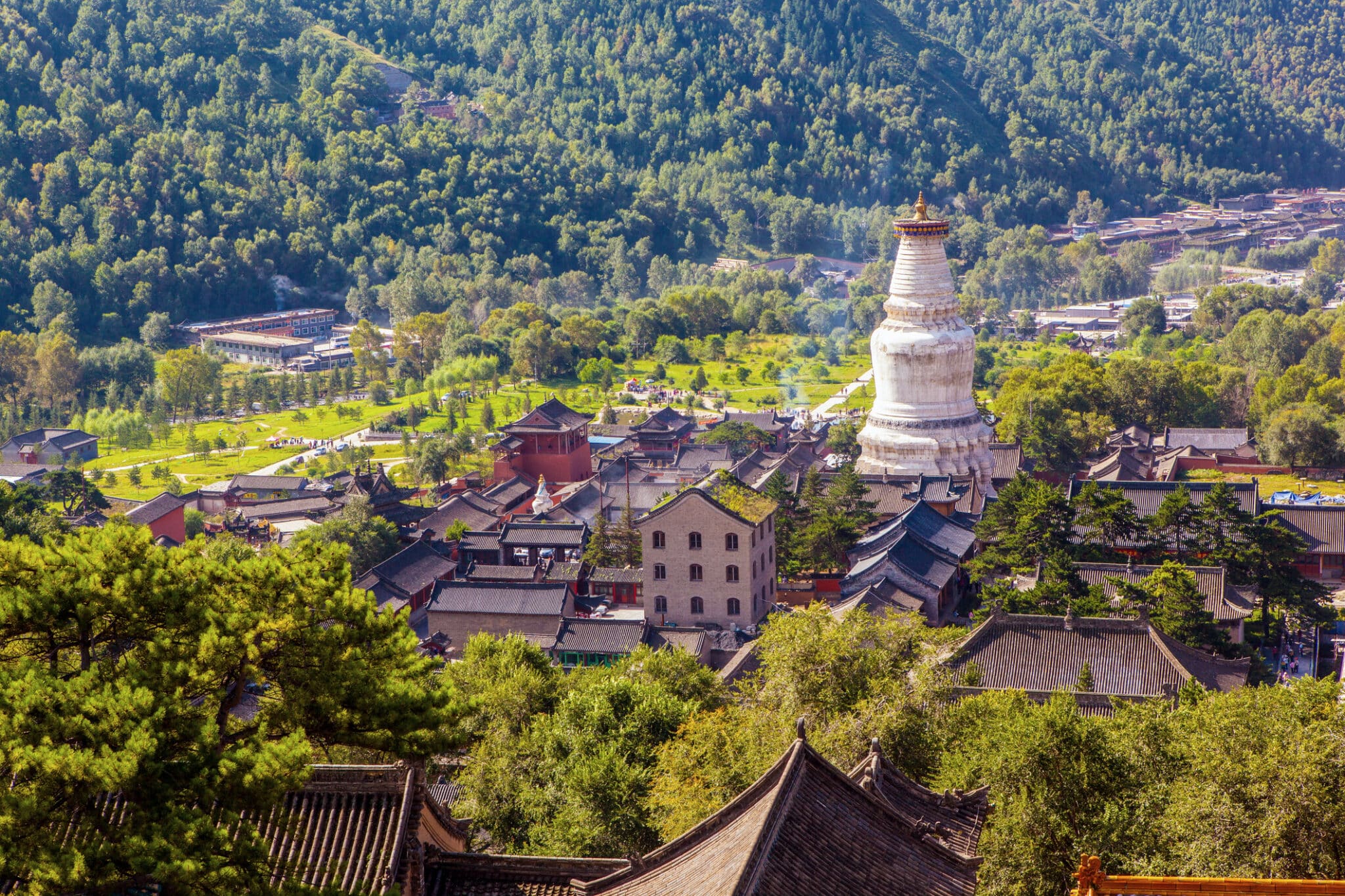
Taiyuan
After breakfast, we will visit a Buddhist temple situated atop a hill. In the afternoon, we will travel to the city of Taiyuan, the capital of Shanxi province, with a history spanning 2500 years.
Taiyuan is where the majestic culture of the Tang Dynasty originated, and even today, the Chinese diaspora and traditional attire are identified with the people and clothing of the Tang Dynasty. Dinner will be provided, followed by accommodation at the hotel for the night.
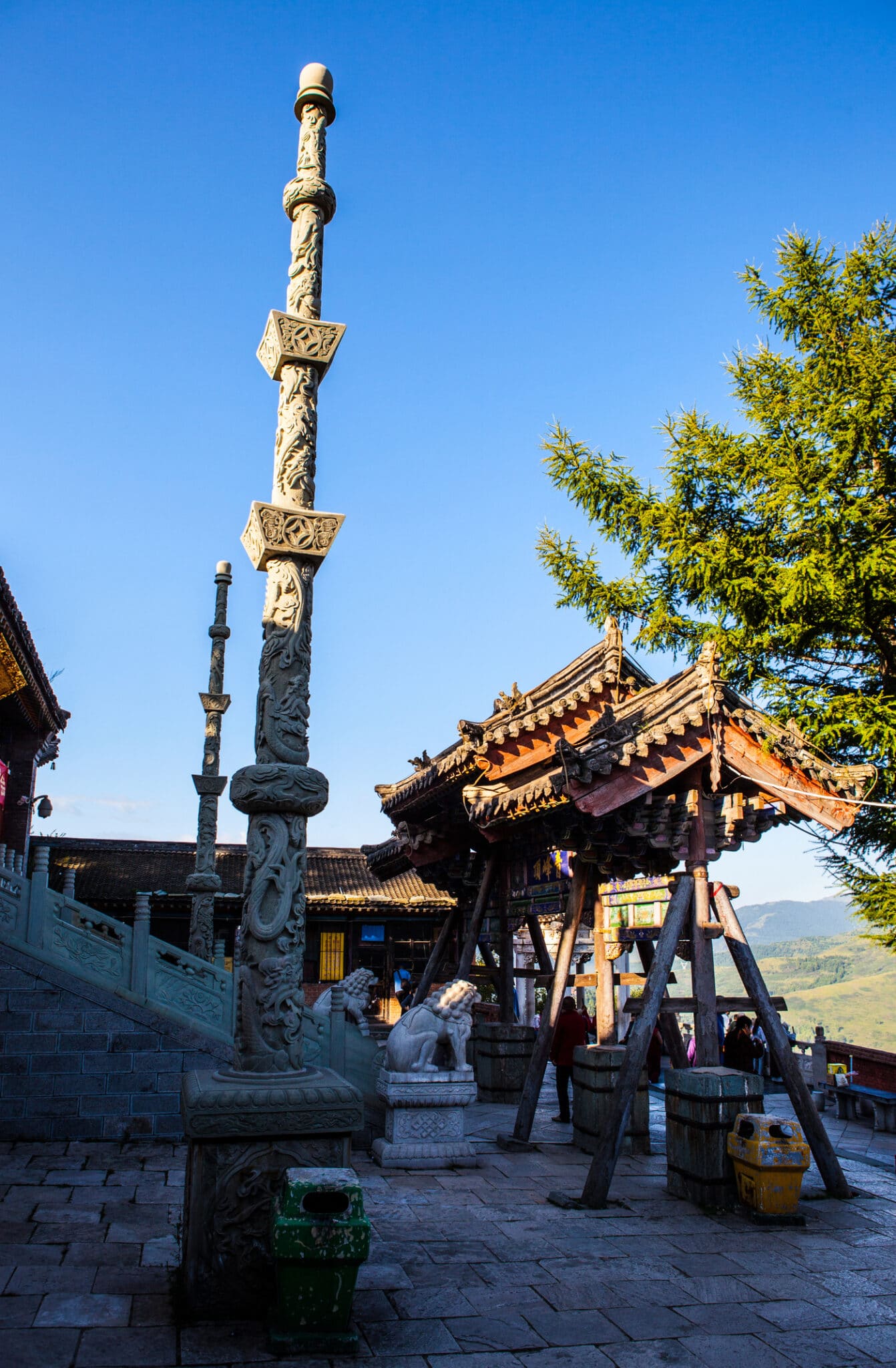
Xian
After breakfast, we will take a high-speed train to the city of Xi’an. It is here that the Silk Road began and ended, connecting China to the Middle East and Europe through an ancient trade route.
In the afternoon, we will explore the city, visiting the Drum Tower and Bell Tower, considered symbols of the city, as well as the Ming Dynasty walls that surround the area. Next, we will approach the famous Big Wild Goose Pagoda.
In the evening, we will enjoy an exquisite dinner accompanied by a spectacular show of traditional Tang Dynasty dances.

The Mausoleum of the Terracotta Army
After breakfast, we will head to the world-renowned Mausoleum of the First Emperor with the Terracotta Army. This site comprises over eight thousand life-sized terracotta figures depicting soldiers, officers, and horses.
In the afternoon, we will fly to the city of Dunhuang. In the past, Dunhuang was a crucial station along the Silk Road. Accommodation will be provided at the hotel, followed by dinner and an overnight stay.
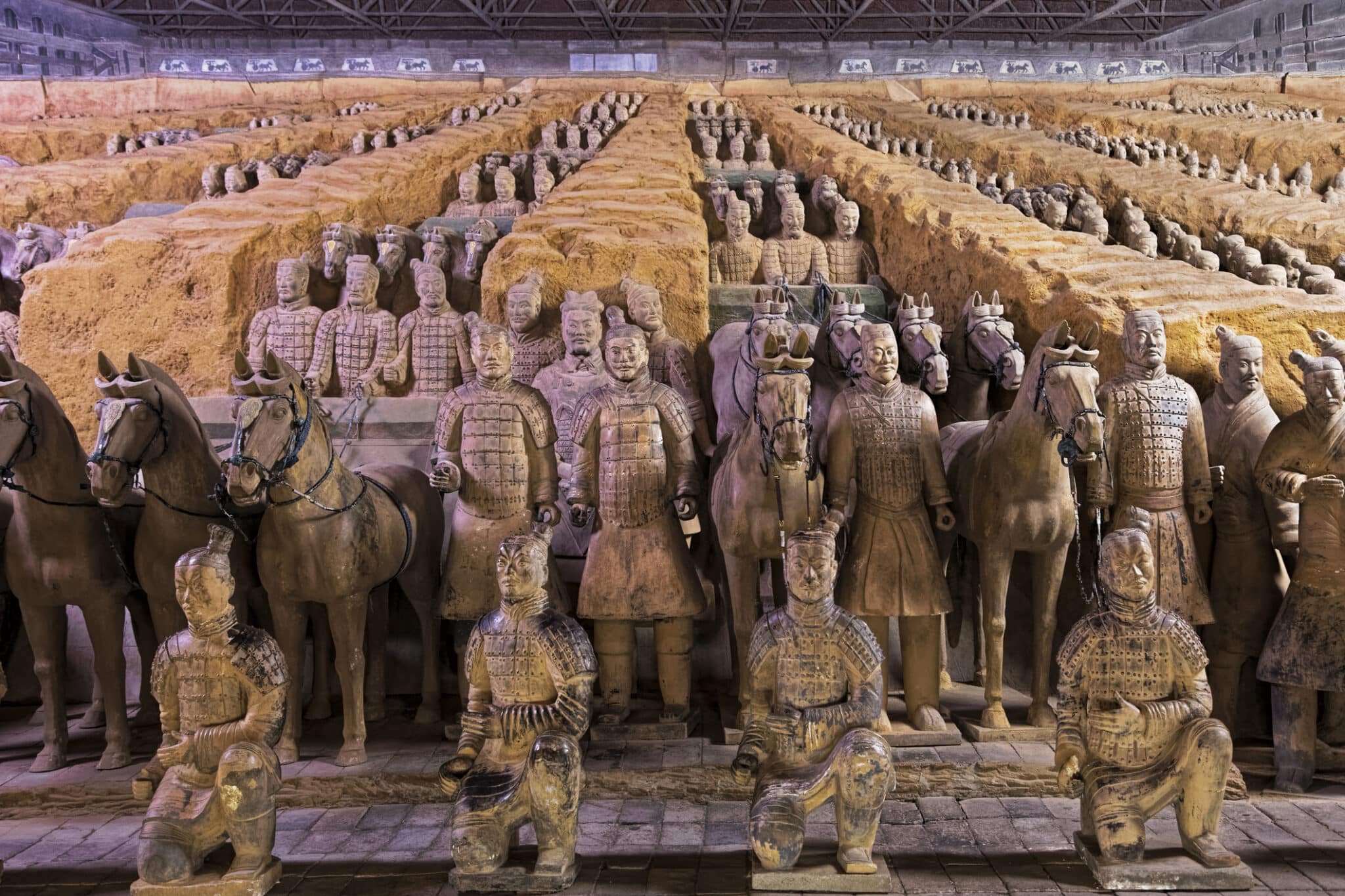
The Mogao Caves
After breakfast, we will embark on a tour of the Mogao Caves, also known as the Thousand Buddha Grottoes. This complex consists of 492 rock-cut temples and was inscribed on the UNESCO World Heritage list in 1987.
Following the cave exploration, we will ride camels to an oasis located near the sand dunes in the Gobi Desert. There, we’ll take a short break before proceeding with dinner and an overnight stay.
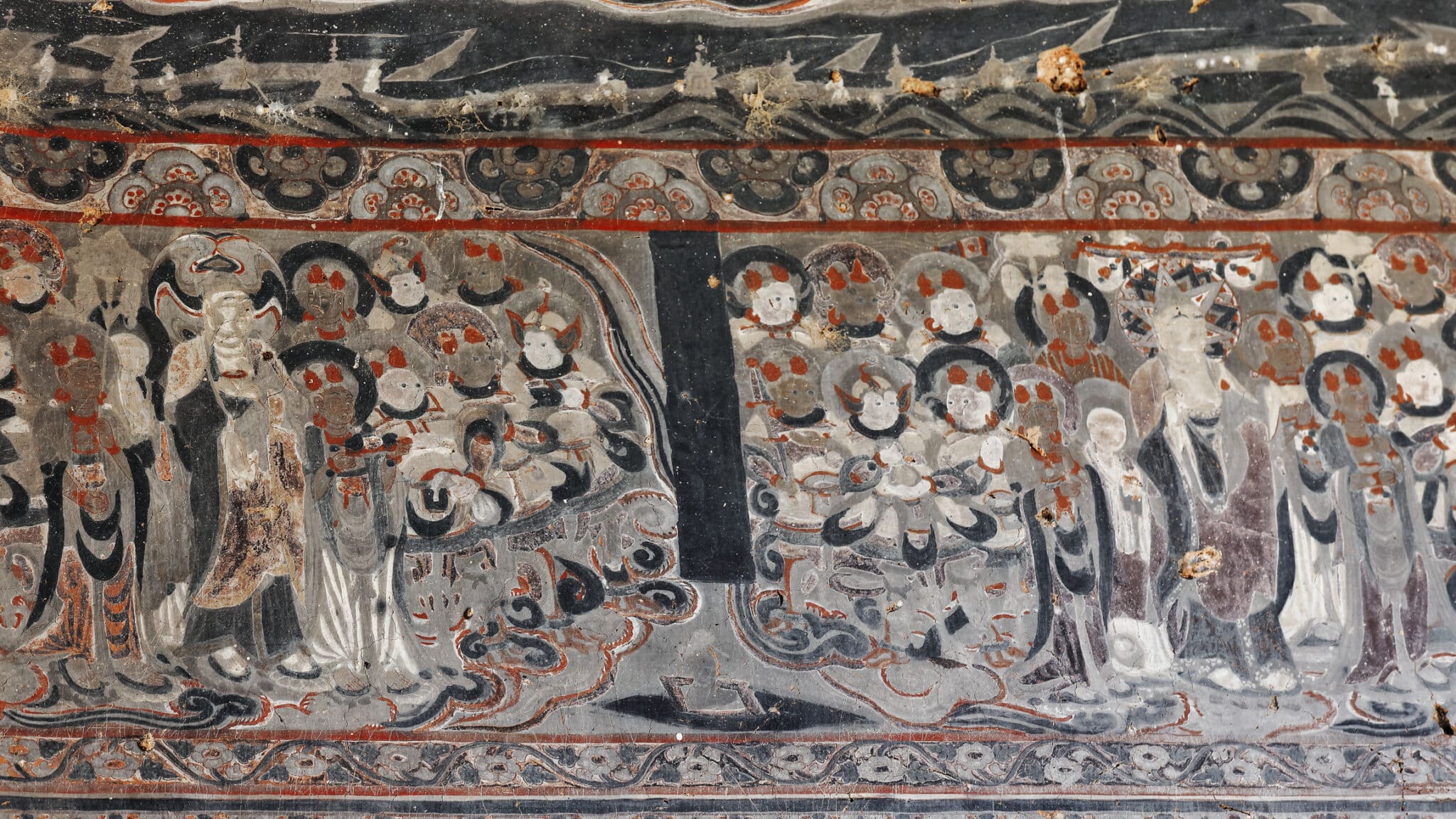
Yangguang
After breakfast, we will head to the Yangguang Pass, which translates to the Gate of the Sun.
In the afternoon, we have a flight to Shanghai. It is currently the most dynamically developing city in eastern China. Dinner will be provided, followed by accommodation at the hotel for the night.
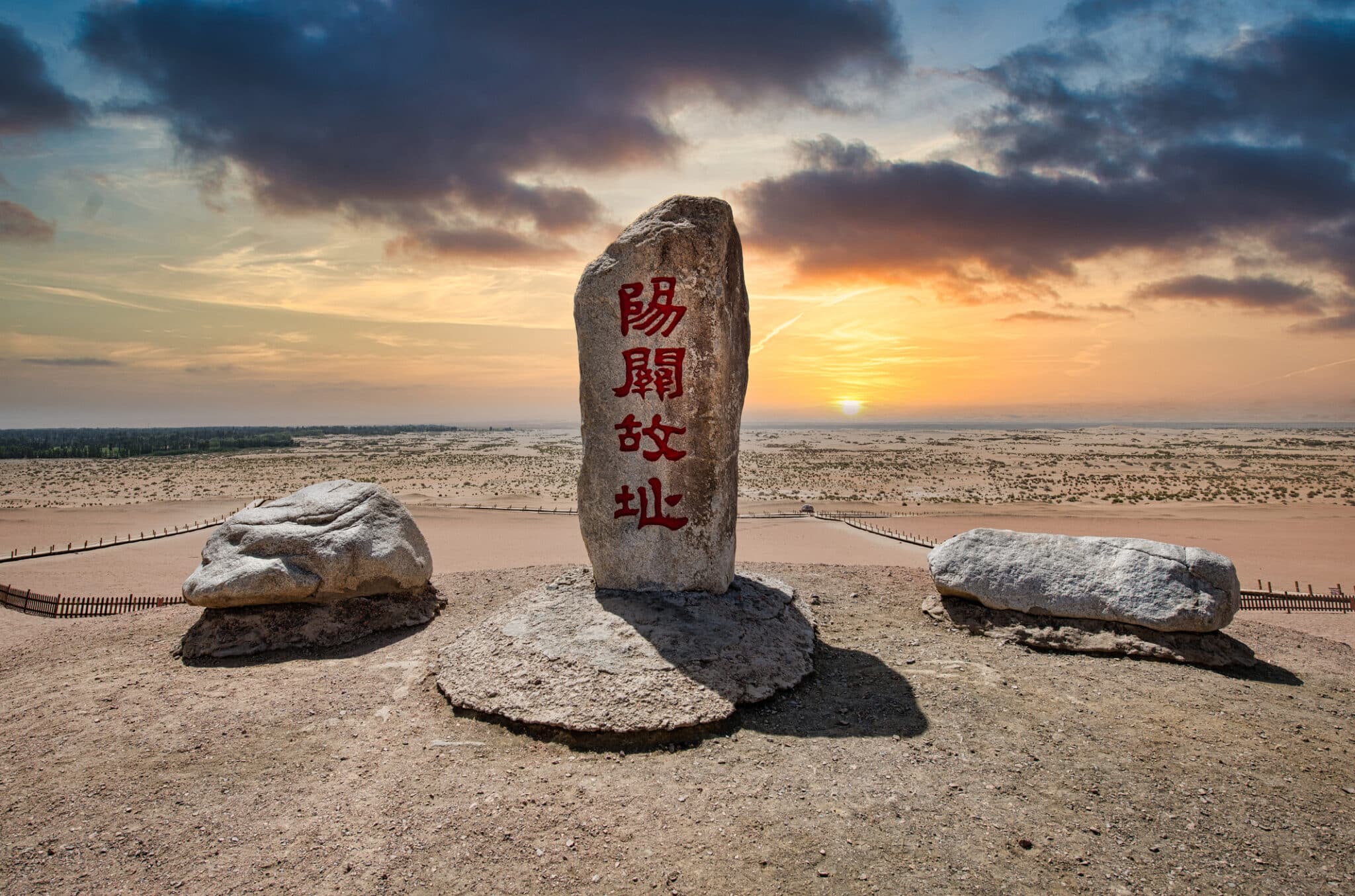
Shanghai
After breakfast, we will embark on a tour of Shanghai. In the city’s financial center, we will have the opportunity to see landmarks such as the 632-meter Shanghai Center, the tallest building in China.
Next, we’ll explore the beautiful Yuyuan Gardens, visit the City God Temple, and take a stroll through the Yuyuan Bazaar.
A farewell dinner will be arranged for the evening, followed by an overnight stay.
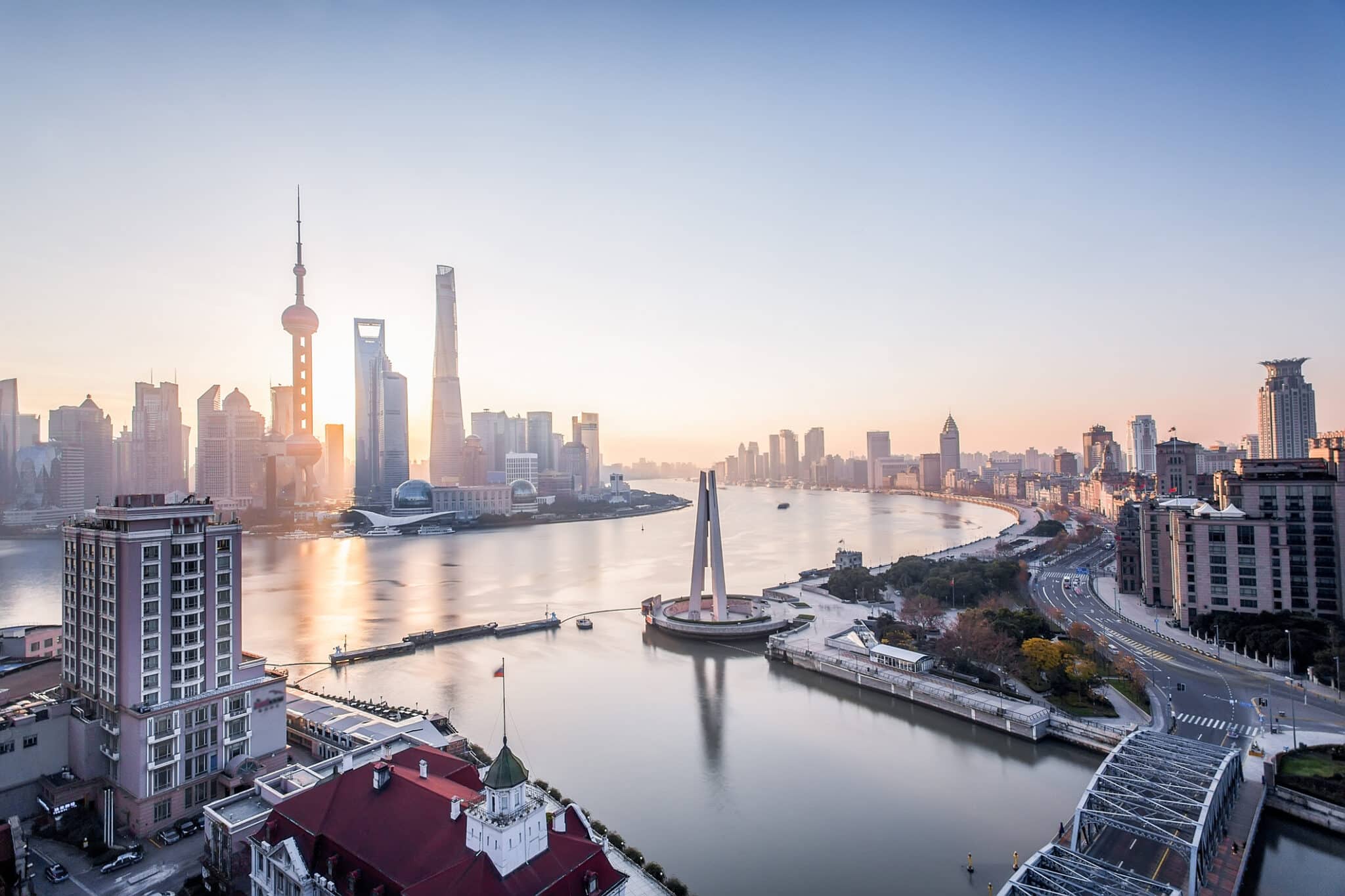
Departure from Shaghai
Transfer to the airport and a return flight home, where you can start planning your next journey. Rek Travel Adventure welcomes you to explore destinations like India, Korea, and many others for your future travels. Safe travels and happy planning!
China 2024: the Middle Kingdom
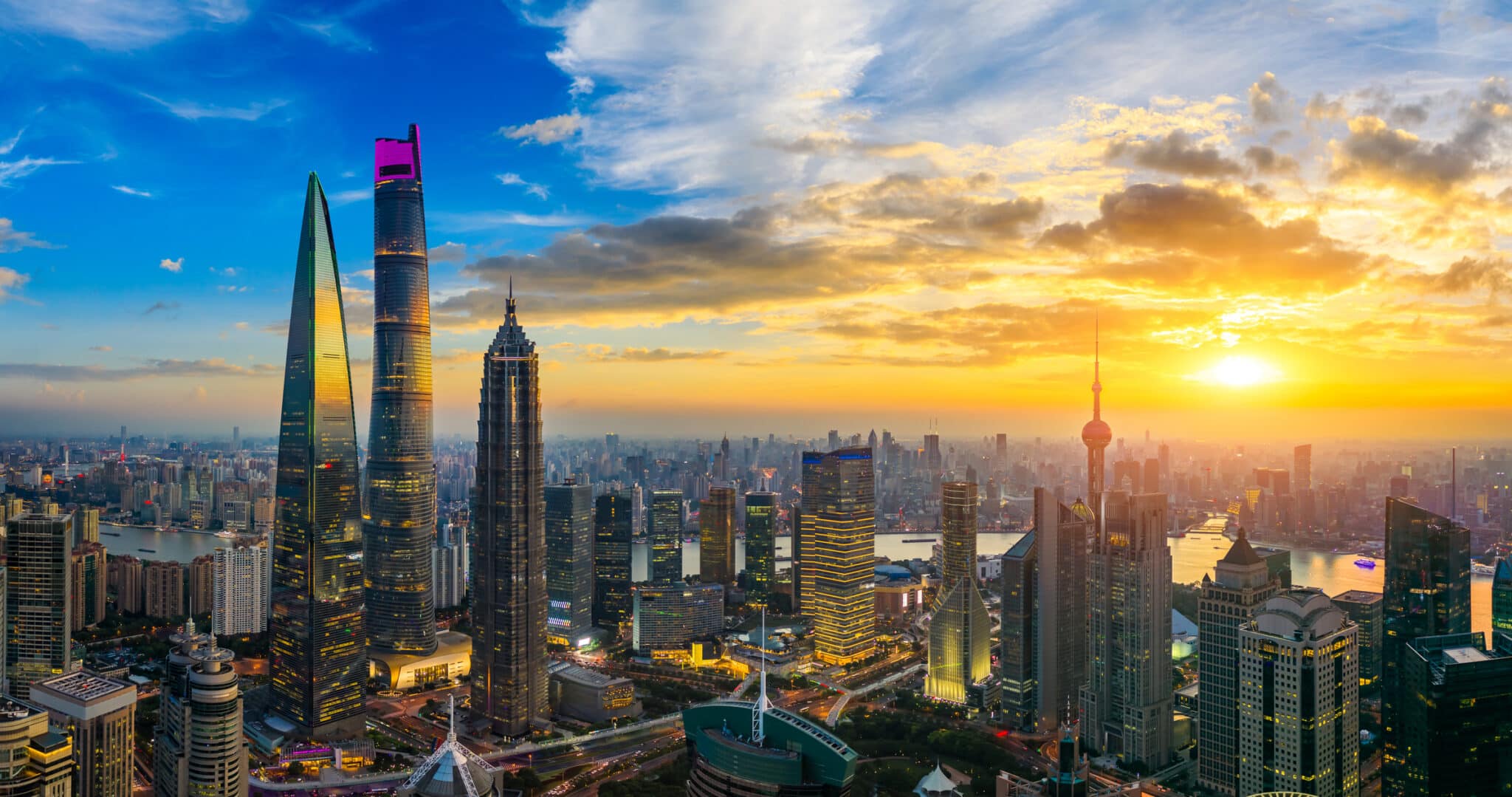
The company is not responsible for any loss of customer's property due to burglary, theft, loss, etc. We also do not assume responsibility for any losses incurred by the customer in motels. Rek Travel reserves the right to change the itinerary due to circumstances beyond its control. The customer is obliged to comply with the tour regulations. Tour participants are insured according to the requirements of the US Department of Transportation for a total amount of $500,000 (insurance policy available upon request). Participants may opt for additional insurance coverage for hospital and outpatient treatment of illnesses acquired during the tour, as well as accidents in visited facilities (further information available at the office) for an additional fee.
Similar trips
